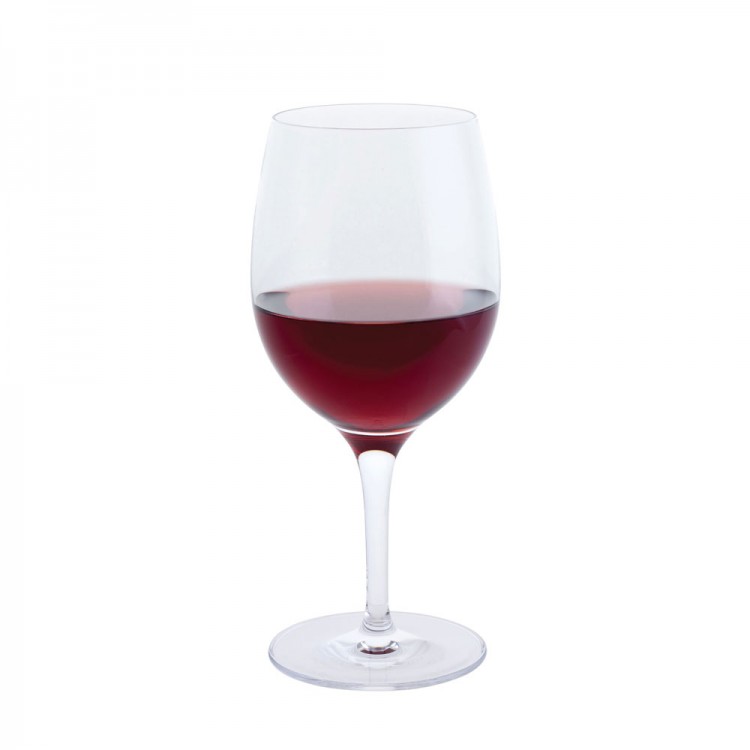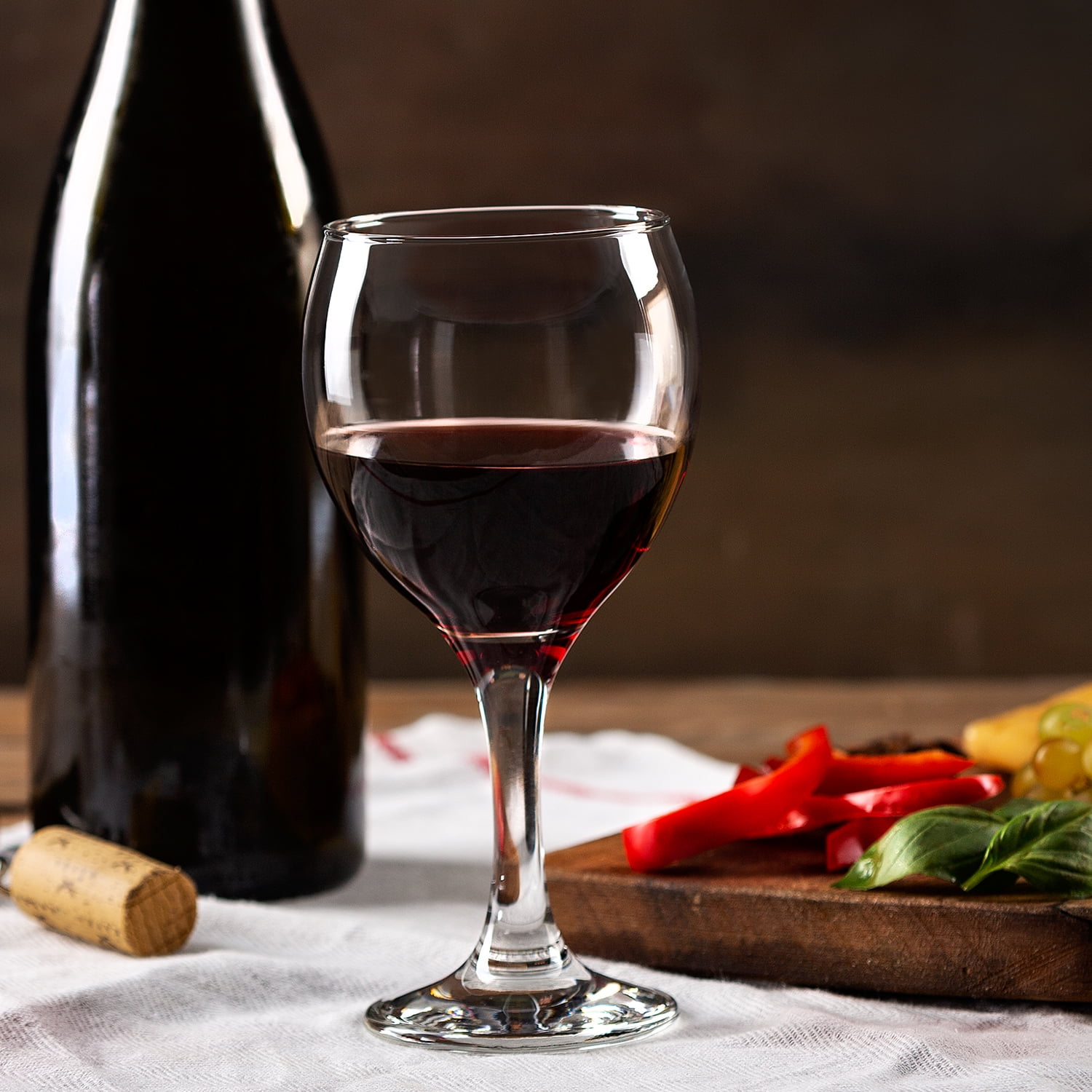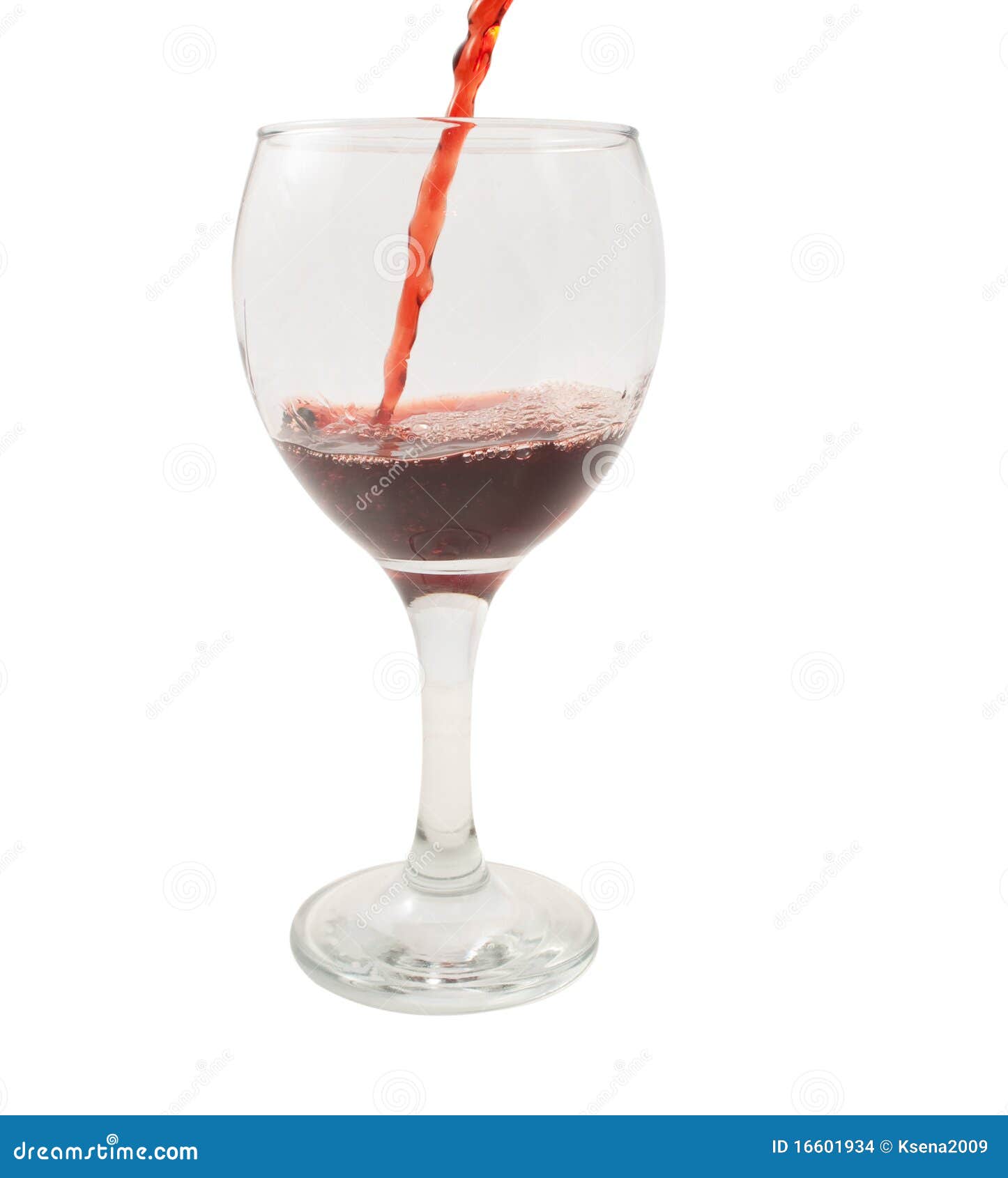
The capacity is approximately 215 ml, but it is intended to take a 50 ml pour. The opening is narrower than the convex part so as to concentrate the bouquet. Its dimensions give it a total volume between 210 mL and 225 mL, they are defined as follows: The glass must be lead crystal (9% lead). The INAO has not submitted a file at the National Institute of Industrial Property, it is therefore copied en masse and has gradually replaced other tasting glasses in the world.
#Red wine glasses iso
The glass of reference is the INAO wine glass, a tool defined by specifications of the French Association for Standardization (AFNOR), which was adopted by INAO as the official glass in 1970, received its standard AFNOR in June 1971 and its ISO 3591 standard in 1972. It consists of a cup (an "elongated egg") supported on a stem resting on a base. The International Organization for Standardization has a specification (ISO 3591:1977) for a wine-tasting glass. If they used air bubbles it was called an airtwist if they used threads, either white or coloured, it would be called opaque twist. In the 18th century, glass makers would draw spiral patterns in the stem as they made the glass. Some producers of high-end wine glasses such as Schott Zwiesel have pioneered methods of infusing titanium into the glass to increase its durability and reduce the likelihood of the glass breaking. There used to be an ISO standard (ISO/PAS IWA 8:2009) for glass clarity and freedom from lead and other heavy metals, but it was withdrawn. Wine glasses, with the exception of the hock glass, are generally not coloured or frosted as doing so would diminish appreciation of the wine's colour. High quality wine glasses once were made of lead glass, which has a higher index of refraction and is heavier than ordinary glass, but health concerns regarding the ingestion of lead resulted in their being replaced by lead-free glass. Some authors recommend one holds the glass by the stem, to avoid warming the wine and smudging the bowl. Some common types of wine glasses are described below. The latter are typically used more casually than their traditional counterparts. In addition, "stemless" wine glasses (tumblers) are available in a variety of sizes and shapes. Others are more open, like inverted cones. In some designs, the opening of the glass is narrower than the widest part of the bowl to concentrate the aroma. Most wine glasses are stemware, that is they are goblets composed of three parts: the bowl, stem, and foot. The importance of wine glass shape could also be based on false ideas about the arrangement of different taste buds on the tongue, such as the discredited tongue map. One common belief is that the shape of the glass directs the wine itself into the best area of the mouth for the varietal despite flavour being perceived by olfaction in the upper nasal cavity, not the mouth. One study suggests that the shape of the glass is important, as it concentrates the flavour and aroma (or bouquet) to emphasize the varietal's characteristic.


The effect of glass shape on the taste of wine has not been demonstrated decisively by any scientific study and remains a matter of debate.

Variety of shapes of wine glasses and flutes


 0 kommentar(er)
0 kommentar(er)
